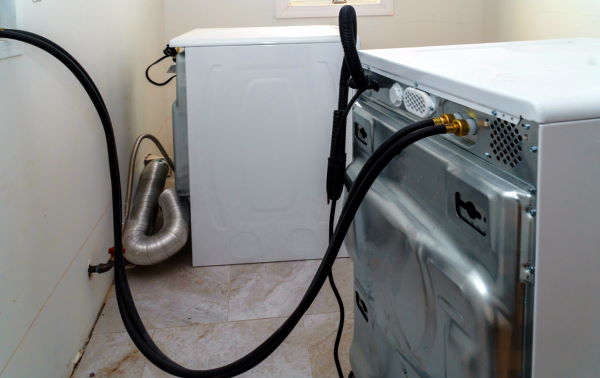
I’ve always taken washing machine drain pipes for granted. Most of the time they work. In our new house, the cold water line developed a leak that destroyed much of the sheetrock. The existing plumbing was too short, so we had to shorten both water lines and the drain pipe and install the washing machine box lower on the wall.
That’s about the most I’ve had to do with one.
Until now. Now my wife wants to move the laundry room from beside the kitchen, down to the basement. Which has me researching the best way to vent my drains.
I ran across a new way to vent my plumbing without running a pipe out the roof. I’ve gotta say, I’m pretty excited about this. Construction technology is always changing.
If you need to install a drain pipe vent for your washing machine to keep it draining well and prevent flooding, here are the steps to do that:
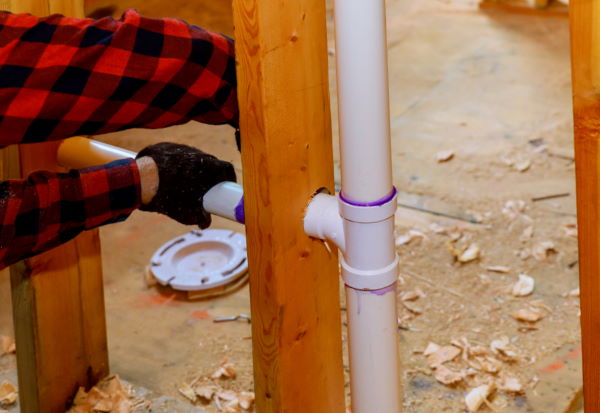
Step #1: Diagnose the issue. I don’t want you tearing out drywall only to find out that you already have a drain vent installed in the wall. If you check your roofline or attic, you should see an open PVC pipe that is acting as your laundry room’s drain vent. Unless you have an air admittance valve (AAV) installed in the wall, the current drain vent should be easily recognized. Check for blockages. Rent a Roto-Rooter tool and snake out the drain.
Step #2: Unplug and disconnect your washing machine and dryer. We are going to tear out drywall, so create room to work. If you are working around the dryer outlet, go ahead and flip the breaker to turn it off as well. Water and electricity are a poor combination.
Step #3: After removing the drywall, you should have a good idea of what is going on. If an air admittance valve is installed, check for proper function. These valves give out at around 20,000 cycles or every 20 years.
Step #4: If there is no drain vent, install an air admittance valve, or AAV, on the drainage pipe. The AAV will need to be at least 4 inches above the washing machine drain connection to create proper air pressure control.
Step #5: Re-connect your washing machine, starting by connecting the red and blue hoses to the hot and cold water lines, respectively. Secure with channel locks to ensure a tight, non-leaking connection.
Step #6: If your washing machine comes with a filter for your drain hose, connect the filter. Then bend the hose into a U-shape and hook it up to the drain hole.
Step #7: Test the machine. Turn it on a full cycle. Let it fill with water and drain to ensure proper function. After confirming proper operation, remove the washing machine and patch the hole in the wall. you may choose to also install a wall vent near the air admittance valve to allow room air to be pulled into the system as needed.
Step #8: Re-connect the washing machine and the dryer.
Does My Washing Machine Need A Vent?
Modern washing machines have a large pump that rapidly discharges the water. They generally need a 2-inch drain line and a well-vented plumbing system. This will prevent flooding, moisture problems from an overflowing drain, and odor. Check out the issues that arise in a poorly vented system.
Symptoms Of Poor Drain Pipe Venting
The most common symptom of poor drain pipe venting is foul sewer gas smells coming from your pipes.
If your washing machine isn’t draining, it could be that the drain pipe is clogged. There is also the rare possibility that the drain line isn’t vented, slowing how well the water drains. However, it is much more likely that the drain is clogged or that it is undersized for the new washing machines with high-discharge pumps
Foul Smells
Venting has more to do with protecting the 2 inches of water that sits in the p trap. Under every sink in your house is a drain trap. These traps maintain about 2-inches of water at all times to prevent foul smells from traveling back into the living space. When a house has poor plumbing venting, the low pressure created by water running in one part of the house will pull all of the water from the other drain traps.
Water Backing Up In The Kitchen Sink
When the washing machine drains and puts water into the kitchen sink, that can be a sign of poor drainage from a badly vented plumbing system.
Gurgling
If the home has poor venting, then you may hear gurgling in one drain when water is run in another part of the house. This is caused by the changes in air pressure in the line.
Slow Draining
In extreme cases, it is possible for a lack of venting to cause plumbing to drain slowly. A toilet may be slow to drain and may refill to a low point (or may lose water when another faucet is run.) With the new, high-discharge washing machines, it is theoretically possible to cause a lack of a washing machine drain vent to cause flooding. Generally, slow draining is related to a clog, not a poor venting issue.
How Do Drain Vents Work?
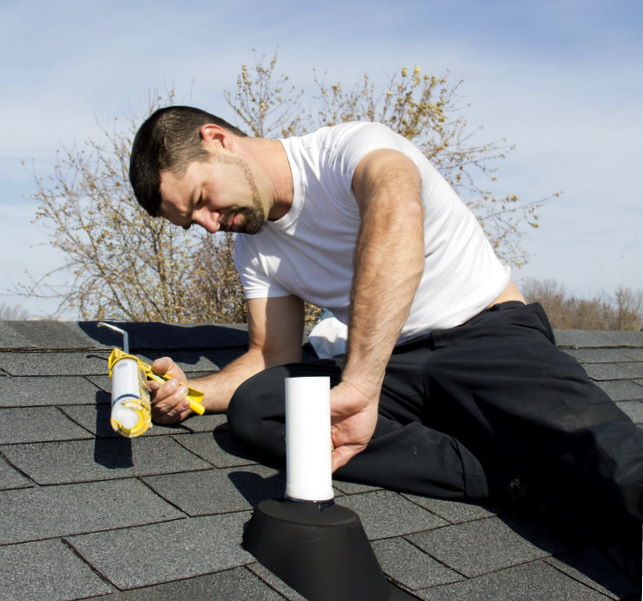
As water flows down the drain, it pulls air with it, creating a vacuum — or low-air-pressure area, on the drainage. This vacuum can wreak havoc with the function of your plumbing.
Drain vents allow outside air to be pulled into the plumbing system at will. When a home is properly vented, the sewer odors stay trapped and the system drains well. Sometimes a home has vents, but they are undersized. Strategically adding a few vents to the plumbing system can improve the function of poor-draining rooms
If the water is backing up and then draining slowly, it may be indicative of the need for a vent.
Tools Needed For Venting The Washing Machine Drain
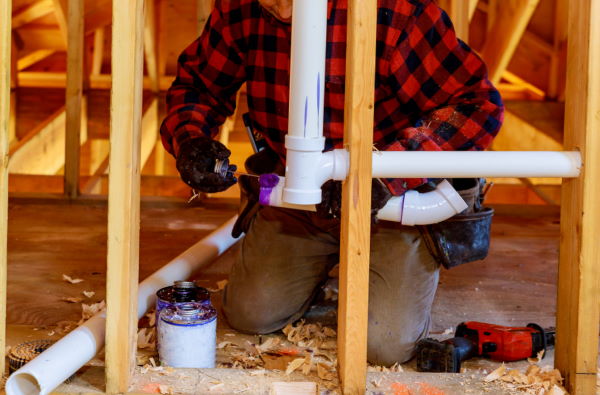
About the only case where you would need to add ventilation for your washing machine is in an older house that was not built up to code.
This is a task for the confident handyman or professional plumber. You will need more than just the tools that came with your washing machine.
Keep in mind that the vent for your dryer is an entirely different vent than the plumbing vent that we are talking about. I want to be clear about this (I get some odd questions emailed to me).
- Standpipe – This is the main drain line that your washing machine will tie into. It is a vertical or horizontal pipe. If horizontal, it needs to be angled 1/4 inch per foot towards the main sewer line.
- Vent pipe – This vent comes off of the P-trap and runs to an air admittance valve, or to the attic or to the outside of the roof to allow outside air to enter the plumbing drain.
- P-trap – This creates a water barrier between your house and the sewer line to prevent foul smells from coming into the house.
Air Admittance Valve (AAV)
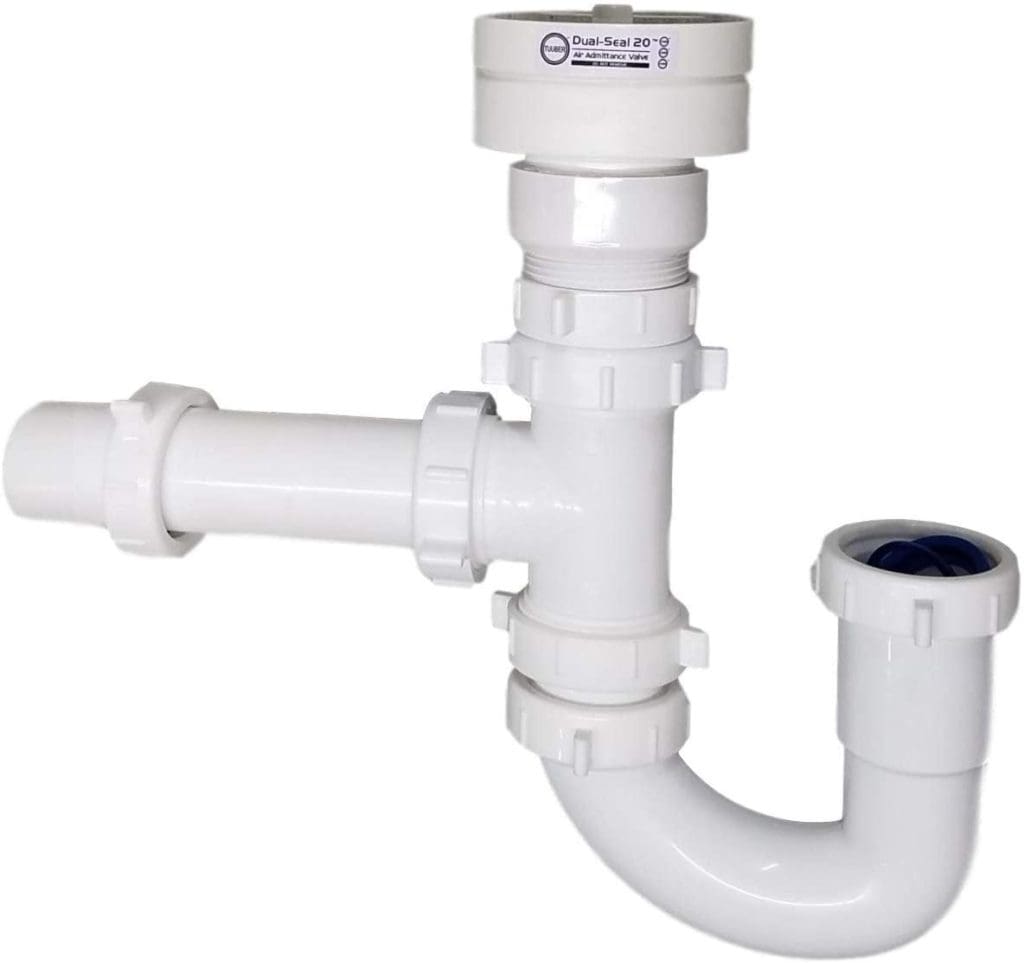
An AAV is a clever device. If there is negative pressure on the line, it opens and allows aire to flow in. However, when the line is positively pressured, it stays shut. This means that during a storm, when traditional drains might get the water sucked out of them by windy outside conditions, an AAV system will be unaffected and will operate normally.
These cheater valves come in different sizes, measured by both pipe size and by Drain Fixture Unit (DFU). A higher drain fixture unit will accommodate large flows. A washing machine will need a DFU of 3.
Not all city ordinances allow for the installation of an AAV. Some city codes require that washing machines be vented through the roof or attic. Check with your city building codes before installing one.
Air Admittance Valves are excellent for trapping the backflow of water and blocking sewer gases from entering the house. They are available at any home construction supply store such as Menards, Home Depot or Lowes.
Water Inlet Valve
Hopefully, your house already has a water inlet valve, but if not, you will need to buy some. Water inlet valves stop the hot or cold water until you have the washing machine connected. I like to get the ones with a snake bite connection and that use the quarter-turn mechanism to turn them on. They seem to work well with minimal corrosion, in my opinion.
Utility Knife
If you are going into the sheetrock, you will need a utility knife to get there. I like to use a square to provide straight-line cuts. This makes it easier to repair afterward. You will also need replacement sheetrock, mud, and tape.
Hacksaw
If you will be cutting into the existing plumbing you will need a hacksaw or Sawzall to cut into the pipe. You will also need a replacement pipe. Gosh, I hate plumbing.
Plumbers Glue & Teflon Tape
The AAV will likely need Teflon tape around the base and then it will screw into the adapter. Plumbers glue is used for connecting the different PVC pieces.
 Skip to content
Skip to content


I have a old house and my washing gurgle’s and when the washing machine, empty’s it comes up into the kitchen, sink I have installed air admittance valves under the bathroom, sink 4 inches above the p trap and I also put one under the kitchen, sink and it worked as far as when I flushed the toilet, it doesn’t gurgle don’t in the kitchen, sink. But know it is gurgling in the washing machine, drain so I put installed a ave air admittance valve on the drain pipe and I added a t joint and ran 1 1/2 x 4 inch length and added a p trap
Can you tell me how to high from the p trap does the air admittance valve needs to be I can not find anything about how high to install the air admittance valve needs to be I see 4 inches but from what! My washing machine, drain pipe is 18″ up from the p trap and I put the ave vent 4 inches above that but my washing machine, still comes up in the kitchen, sink please help me thank you .
My buddy Eric has had to install a lot of AAV’s near to washing machines because these new high-output washers overload old homes. It seems that with 2 AAV’s, you should be covered. The washing machine could be evacuating so fast that it hits a physical restriction in the sewer main and backs up to the kitchen. I’d be curious to know if the kitchen is possibly near the end of the sewer line inside the house, causing the kitchen sink to be the nearest relief for backed up sewer.
4 inches above the horizontal line leaving the p-trap is the correct clearance for the Air Admittance Valves.